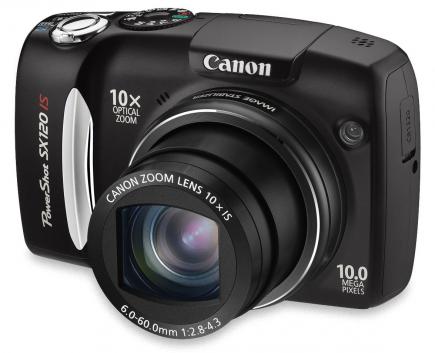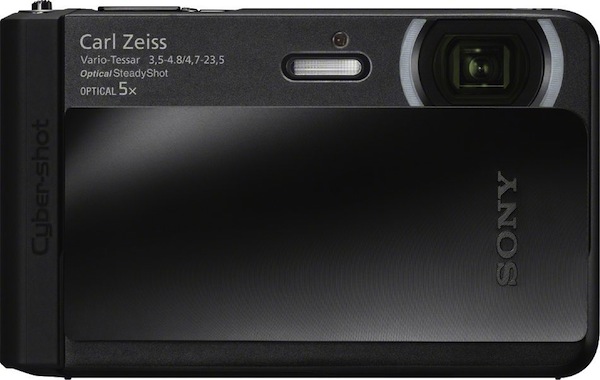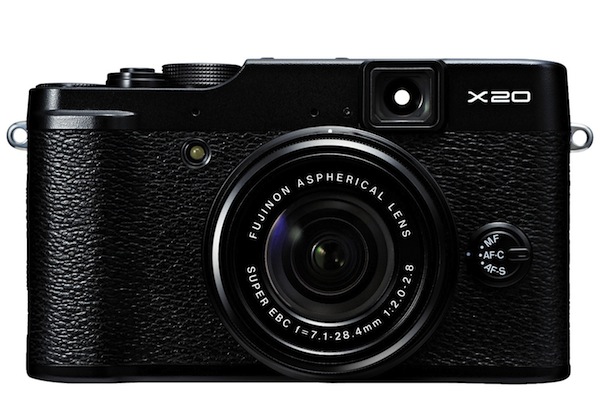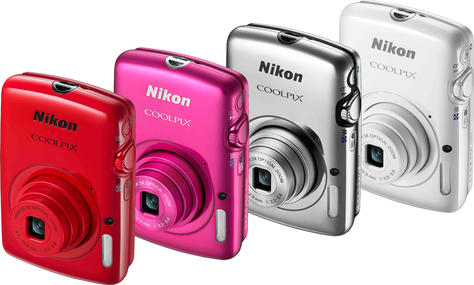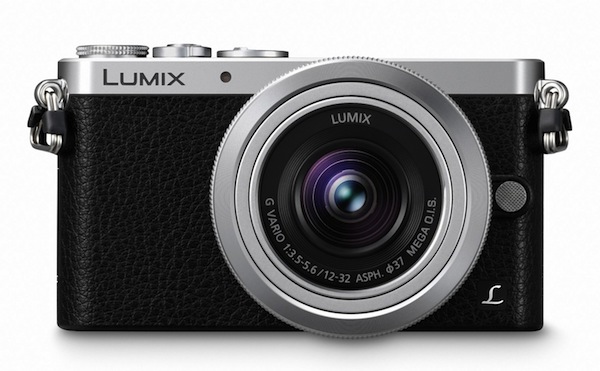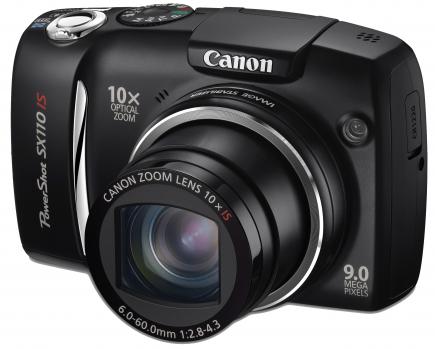Pentax Q: Review
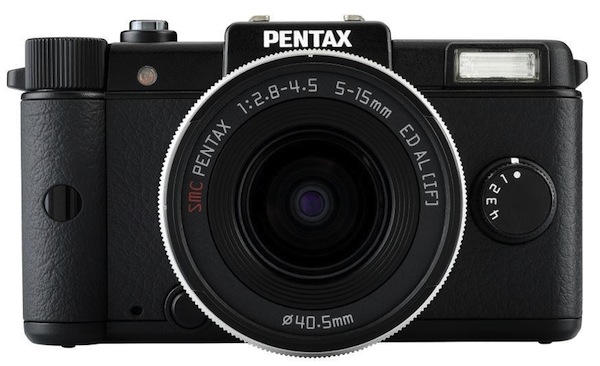
The field of mirrorless is in continuous turmoil: the biggest news from the technical point of view and design lately is increasingly addressing this type of cameras. Fact remains alive the desire of buyers to be able to have a compact body but guarantees both a high-quality image and all the creative possibilities of the typical reflex.
The Pentax Q is certainly the most compact of all the mirrorless submitted to date, while maintaining an ergonomic design and a true SLR. But what has left everyone puzzled since its announcement is the choice of adopting a backlit CMOS sensor 1/2.3”, that is equal in size to those found in some compact.
This choice puts in serious doubt the real possibilities of obtaining images with no digital noise at high sensitivities, as well as to obtain images with a focus can really use. Thanks to the collaboration with the Pentax, I had the opportunity to check the validity of these concerns. Here are details of my impressions.
Table of Contents
Pentax Q: Design
When I opened the package of the Pentax Q, the first thing that came to mind was, ” but that pretty. ” The same reaction when I showed it to colleagues and friends. The design is a true SLR in miniature. Everything is where you expect it should be, only it is much smaller than normal. Look in the gallery images in comparison with the Pentax K7 and you will understand that it is really a remarkable miniaturization.
Despite the size, you grab really well with three fingers, and you are right with your index finger on the shutter release button and thumb on the bezel with which to select time / aperture / program change depending on the mode chosen. We have the capacity index traditional mode dial, with plenty of scenes and the special function BC, or Blur Control. With this, function will be maintained clear an area greater or lesser extent in the vicinity of the point where we have focused on, and will be digitally blurred everything else.
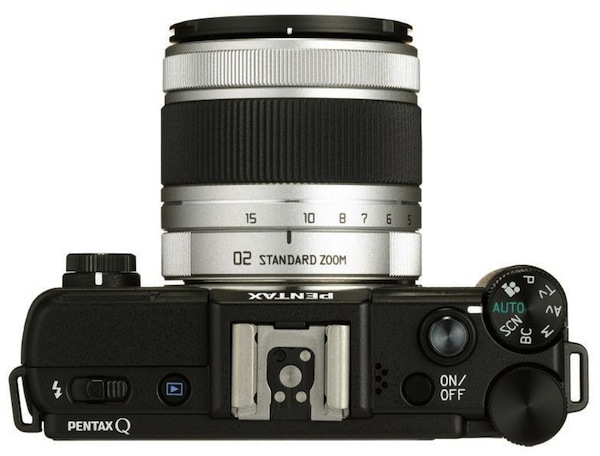
This would help to have a nice bokeh, otherwise very difficult to obtain given the size of the camera sensor, but the result is too artificial. On the top in addition to the two nuts mentioned we have the shutter button, the power button, the button for playback and the button to open the flash. Via the menu, we can make the flash fire in the closed position, in which case we must be careful not to cover it with the fingers of the left hand. Last but not least the sled to connect external flashes. On the back, we find a generous 3 ” display, unfortunately not very contrasted and therefore, makes it difficult to frame in bright light.
Too bad that the only existing viewfinder, the Pentax O-VF1, is dedicated to the use in combination with fixed-8.5mm. Next to the display are as many as 9 buttons, very small but sufficiently apart from not having to use your fingernail to crush them. On the front, we find the fast dial that allows you to quickly change one of these options: proportions, digital filter, custom image, smart effect.
Personally, I would have preferred to be able to create four custom settings to be recalled via this dial fast, for example, to be able to pass in an instant from high ISO and balance tungsten (indoor) at low ISO and balancing sunlight (outside).
Pentax Q: Features and Functionality
Always carry the Pentax Q is a pleasure. We can put it in your bag or attach it to your keychain, as you can see in the pictures in the gallery. Its size and weight make it ideal for use everyday. Autofocus is not fast: it’s good for static subjects. It should be in trouble if you try to photograph a child who runs. No problem in low light thanks auxiliary AF illuminator.
The meter works very well, being able to also choose between traditional reading’s multi-zone, center-weighted and spot. The Auto ISO is present and well planned, adjusting the speed to the focal length used: if we are on 5mm (28mm equivalent) tries to keep a time of 1/50s, and if we are on the 15mm (83mm equivalent) tries to keep at least 1 / 100s.
It left me rather perplexed the sensitivity high enough base: it starts with ISO 250, even if it goes up to 6,400 ISO. The shot is completely silent and there is the option to choose whether to use the built-in shutter in the lens, which has a top speed of 1/2,000 or to take advantage of the electronic shutter, which goes up to 1/8000. In special situations, You can also add the built-in ND filter by two stops.
The stabilization works really well, avoiding problems related to blurring. The shutter lag is minimal: no difficulty in achieving the click of the model jumping. Finally, some problems with the auto white balance, which went into difficulties in the shots of still life with halogen lights.
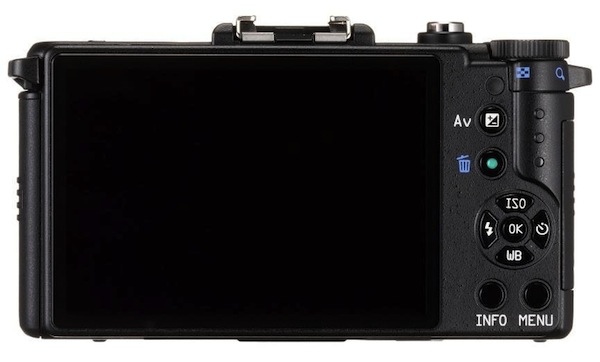
If the mode dial to select the option scenes we are faced with 21 settings to choose from. In addition to classic Portrait, Landscape, Macro settings are also dedicated to particular situations, such as Silhouette and Candlelight. We then two HDR mode: one to reduce noise from three shots in low light, and one to increase the dynamic range always from three shots in rapid succession. Last but not least the ability to shoot Full HD 1080p at 30fps with stereo sound.
The JPEG baked from Pentax Q are really good for saturation and sharpness even with the factory settings. Only the contrast is a bit weak increase it was better before publishing online or print the images. Do not miss the opportunity to shoot in RAW format. I liked the option of deciding whether to save in RAW right after shooting a JPG. In this way, if we realize that he had just taken a “masterpiece“, we can make sure a record on the memory card all the data captured by the sensor, so that we can possibly work quietly in the room clear.
Conclusion
The Pentax Q is a really nice camera. Nice to look at, beautiful to use. Ergonomics is not the slightest regret a bulky SLR and think. The only real drawback is related to the design choice to use a sensor of small size, typical of compact cameras. So there is a loss of detail at high sensitivity and is difficult to get one out of focus, unless taking macro.
It then turns to those who love the so-called bridge but want to be able to interchange lenses. Very interesting, finally, the possibility of not buys it with the standard zoom 5-15mm f / 2.8 to 4.5, which is used for this review, but with a fixed Prime Standard, 8.5 mm f / 1.9 AL [IF]: in this way, the compactness becomes truly amazing.
Where to Buy Pentax Q


- 1/1.7 inch, 12.4 mega pixel back-illuminated CMOS image sensor
- In-body Sensor-Shift Shake Reduction (SR) Mechanism works with all Q mount...
- Large 3-inch LCD Monitor with advanced anti-reflection coating
- ISO Sensitivity up to 12799
- SD, SDHC, SDXC, Eye-Fi card compatibility
Overall
PROS : Design, Ergonomics, Flash, which is positioned to avoid red eyes., Ability to save RAW after shooting JPG.
CONS : Autofocus is not fast, Detail lost at high sensitivity, Difficulty of obtaining one focus of the sensors typical of reduced dimensions, The absence of a viewfinder.Product prices and availability are subject to change. Any price and availablility information displayed on Amazon at the time of purchase will apply to the purchase of any products.


